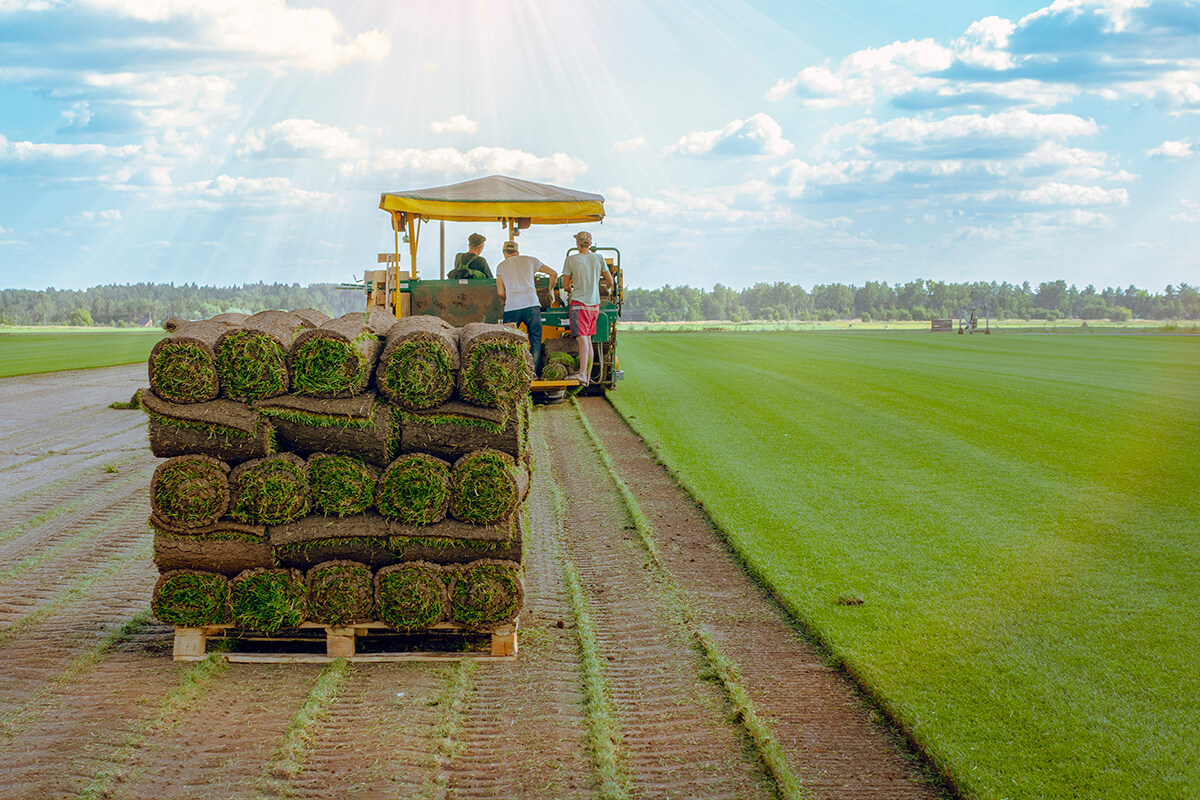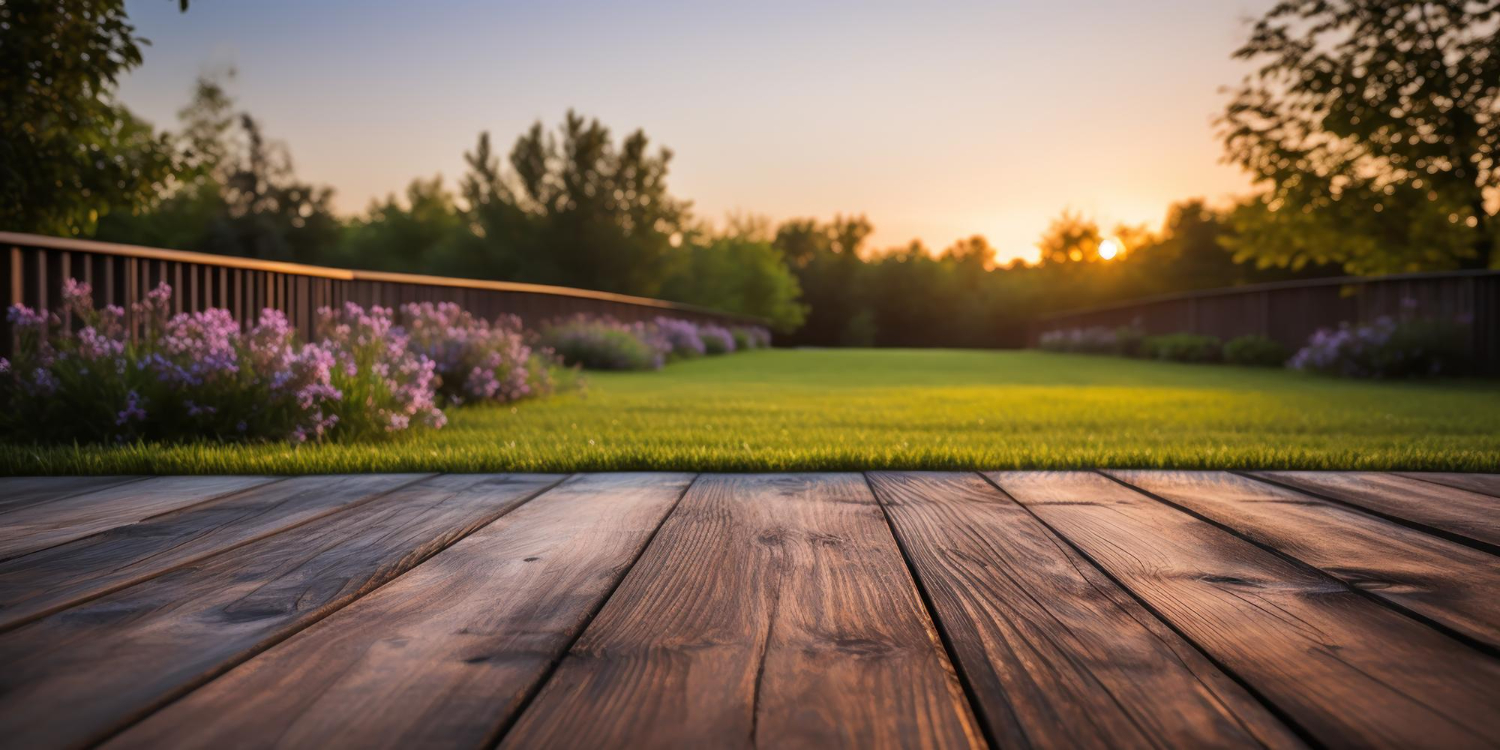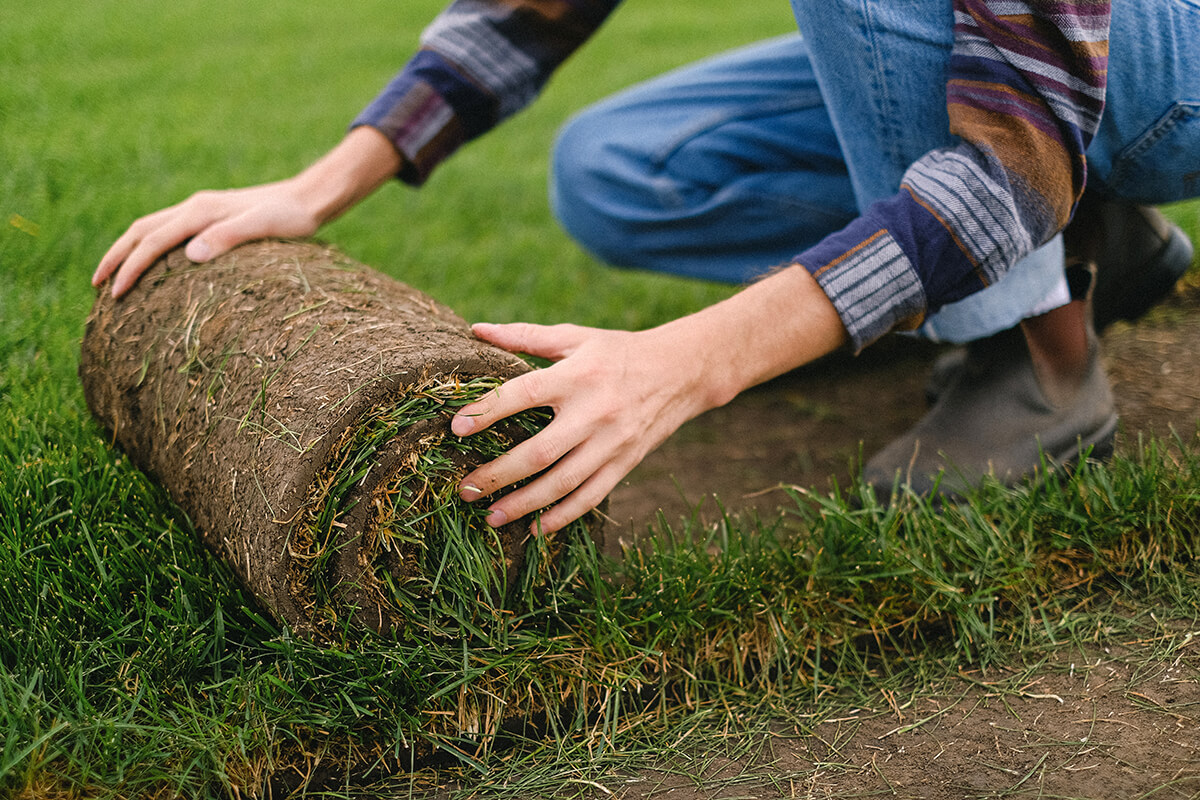New Sod Care Timeline In The Midwest
January 1, 2024
Category, Fescue Sod

Sod installation provides homeowners and commercial property owners with an instant lawn, but new sod can develop problems if not cared for properly, Each season presents its own challenges and opportunities for sod care in Iowa. A year-round schedule for sod maintenance after installation prevents and treats new sod problems in the Midwest.
Get sod installation in the Midwest
Preventing New Sod Problems
Sod is most vulnerable to issues during the first two weeks, before it takes root. Sod maintenance after installation should include:
- Daily deep watering
- Keep grass tall enough to retain moisture
- Proper fertilization
Spring (March to May)
Springtime is a peak time for sod maintenance in the Midwest. Make the following practices part of your lawn care program from March to May:
- Prevent thatch buildup and promote air circulation by keeping your lawn free of leaves, debris and dead grass that may have accumulated during colder months..
- Core aeration is best done in the Spring to help compacted soil get the nutrients it needs to support healthy fescue grass.
- Fill in thin areas of your fescue lawn with overseeding.
- A balanced, slow-release fertilizer provides essential nutrients as grass begins to grow again
- Get weeds under control before they spread
Summer (June to August)
Summers can be hot and dry during the Midwest. Your fescue sod maintenance plan from June through August should keep the climate in mind.
- Ensure proper irrigation so your fescue lawn receives 1 to 1.5 inches of water per week, even during times of Midwest drought.
- Fescue grass should remain 2.5 to 3 inches high during the summer. Mow regularly and never cut more than one-third of the grass height at once.
- Summer fertilizers maintain growth, thickness, and color of your fescue grass
- Grubs are common during summer months in the Midwest. Treat your fescue lawn for grubs immediately to avoid an infestation.
- Lawn diseases are also common in summer months in Iowa and should be treated promptly by a lawn care professional.
Fall (September to November)
One of the biggest advantages of a cool season grass like fescue is that it thrives even as the temperatures drop. However, even a low maintenance lawn needs a little help during this season:
- Keep leaves and debris off lawn to help fescue grass to breathe
- Fall is the best time for overseeding to fill in dried out and thin spots from summer drought conditions.
- Fall fertilizer treatments should have higher phosphorus and potassium content to promote root growth.
- Continue weed control
- Address any accumulated thatch
Winter (December to February)
Midwest winters are characterized by low temperatures and slow vegetation growth. Though there’s not as much to do with your fescue lawn from December to January, you should keep these things in mind
- Be careful not to damage your fescue lawn during snow removal
- Use calcium-based or environmentally friendly deicers to prevent damage to the sod.
- Avoid walking on your fescue lawn when grass is frozen and take steps to minimize traffic from pets and wildlife.
- Have a lawn care professional assess the health of your fescue sod and create a maintenance and treatment plan to address any issues during the Spring.
Year-Round Tips
Though each season presents specific challenges for your fescue lawn, it’s important to use best sod maintenance practices all year round.
- Have a fescue sod professional test your soil regularly, especially if you see signs of disease, drying out, or other problems so that pH can be adjusted and nutrients can be applied if necessary.
- Shallow and frequent watering is not as effective for the roots of fescue grass as deeper more infrequent watering. Investing in a new irrigation system may be worthwhile.
- Make sure you’re observing the recommended grass heights for your fescue lawn during each season.
- Conduct regular inspections of your lawn and look for signs of compaction, thatch buildup, drainage problems, pests, and weeds. Always have a lawn care professional address any issues quickly.
Get Fescue Sod For Your Midwest Lawn
If you’re ready for a lush and low-maintenance lawn at your residential or commercial property in Iowa, we can help. Get a free quote for professional fescue sod installation in the Midwest today.


